The genetic secrets of Iron Age horses revealed
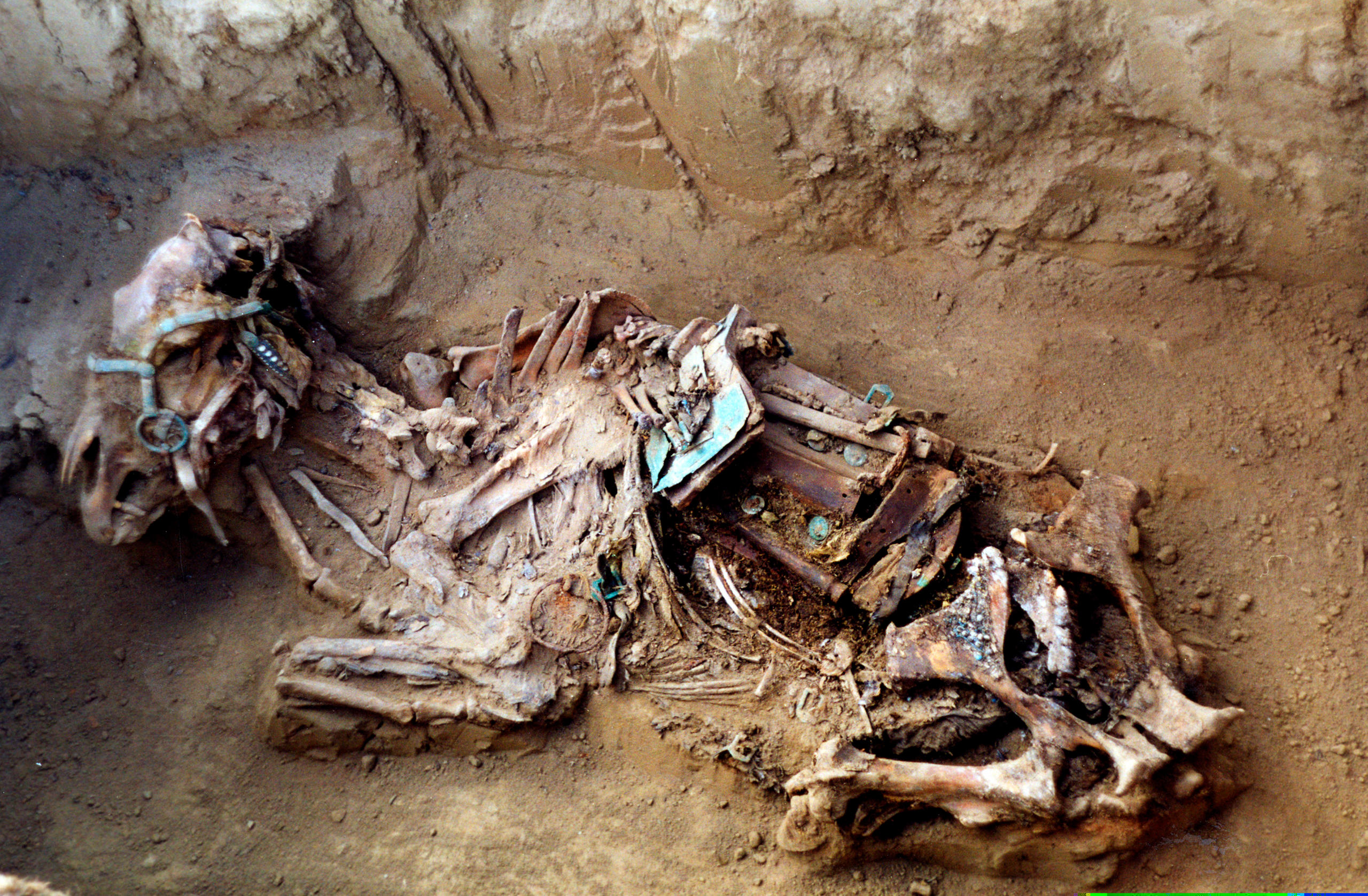
Humans have been selectively breeding horses for at least 2,500 years, longer than previously thought, according to an international study in which the University of Bern took part. What’s more, domestic horses lost their genetic diversity relatively recently, in the past 2,000 years.
The researchers, whose work was published in the journal ScienceExternal link, analysed the DNA from the bones of 13 stallions found in royal Scythian tombs in Mongolia and Kazakhstan. The remains were 2,300-2,700 years old, the Swiss university said in a statement.
The Scythians were nomads who inhabited large areas in the central Eurasian steppes during the Iron Age from around the 9th century BC until to the 1st century BC. They were one of the first cultures to ride horses and to use bows and arrows while mounted.
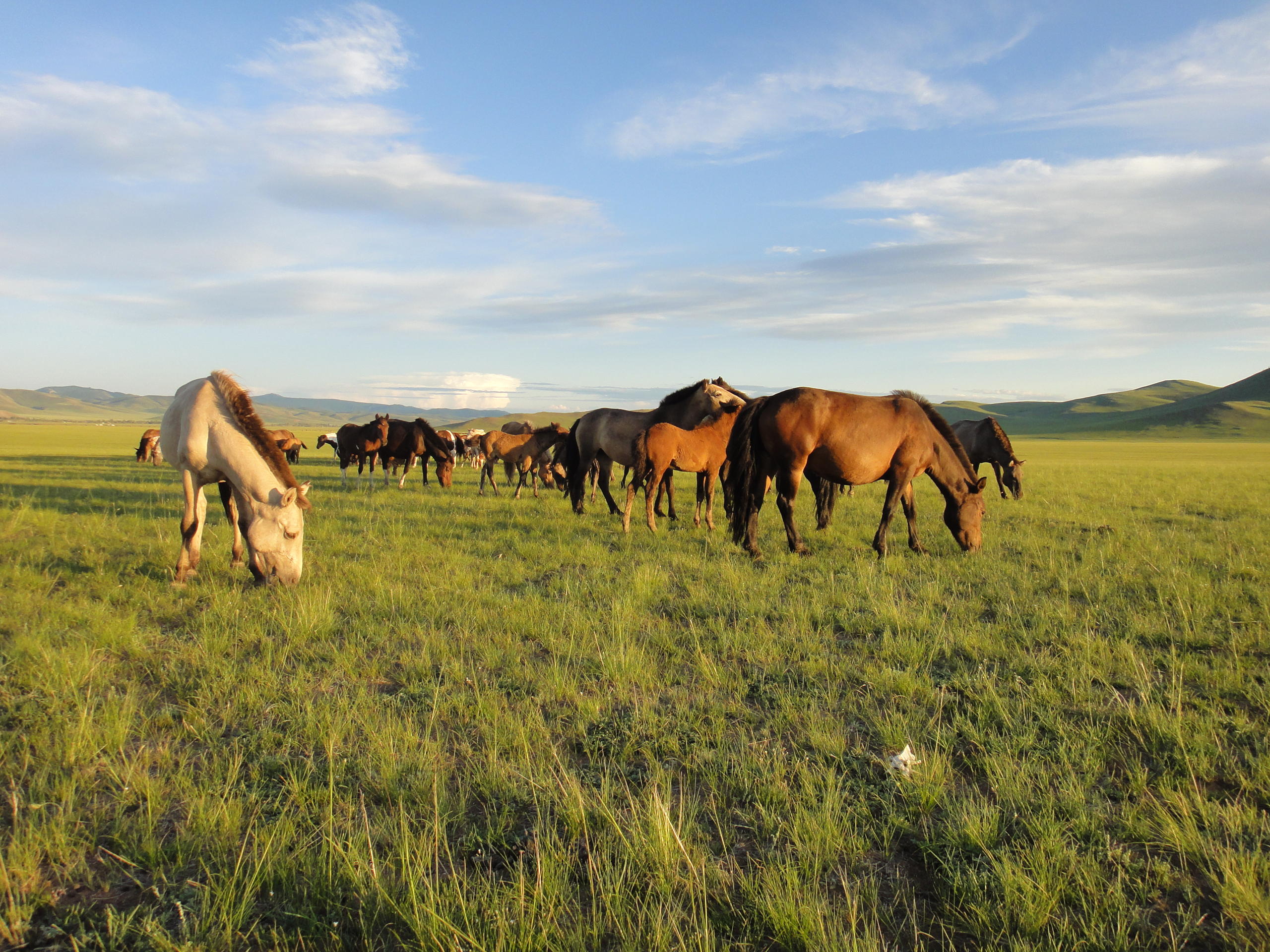
The analysis found 121 genes that the Scythians favoured when breeding their horses. Most were associated with the development of broader forelimbs and a solid, sturdy frame, but the breeders also appear to have favourite coat colours, especially black, brown, red, chestnut, palomino (gold coat and white mane) and piebald (black and white).
A genetic mutation was also discovered related to short-distance sprint performance.
Harmful mutations
The scientists compared the DNA from the Scythian horses with that of modern horses, including 30 Swiss Freibergers.
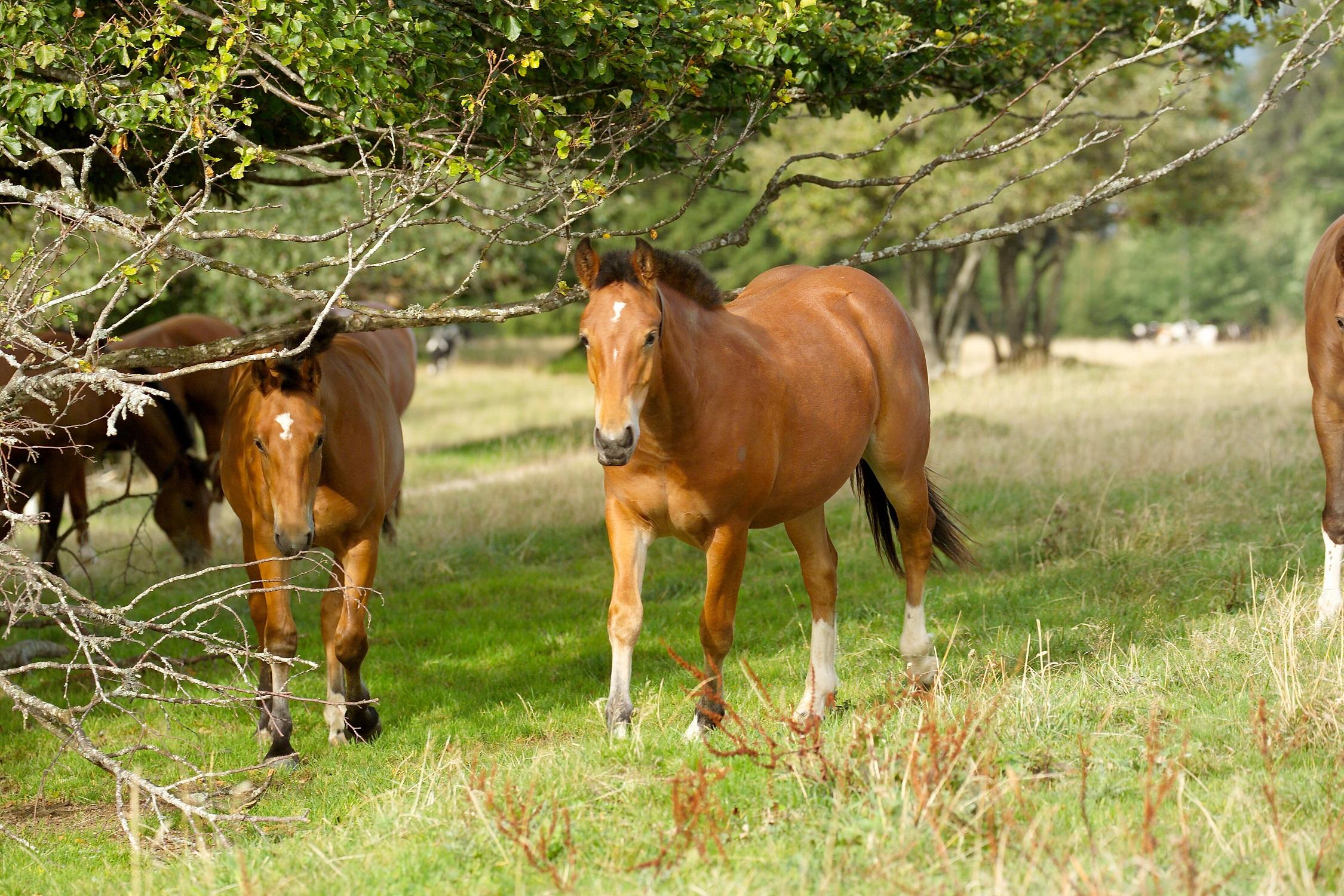
“The comparison of the old and new genomes shows that characteristics such as coat colour played a role in breeding much earlier than originally thought,” said Tosso Leeb from the University of Bern, one of the study authors.
In addition, the Scythian horse were much more genetically diverse than those of today, with natural herd structures and no signs of incest, unlike in today’s domesticated species.
The authors concluded that the modern horse genome, including harmful mutations, was a result of the last 2,300 years of breeding.
“Nowadays virtually all domesticated horses have the same, or very similar, Y-chromosome haplotypes [a group of genes inherited from a single parent] – so almost all of them are related to one another,” Leeb explained.

In compliance with the JTI standards
More: SWI swissinfo.ch certified by the Journalism Trust Initiative
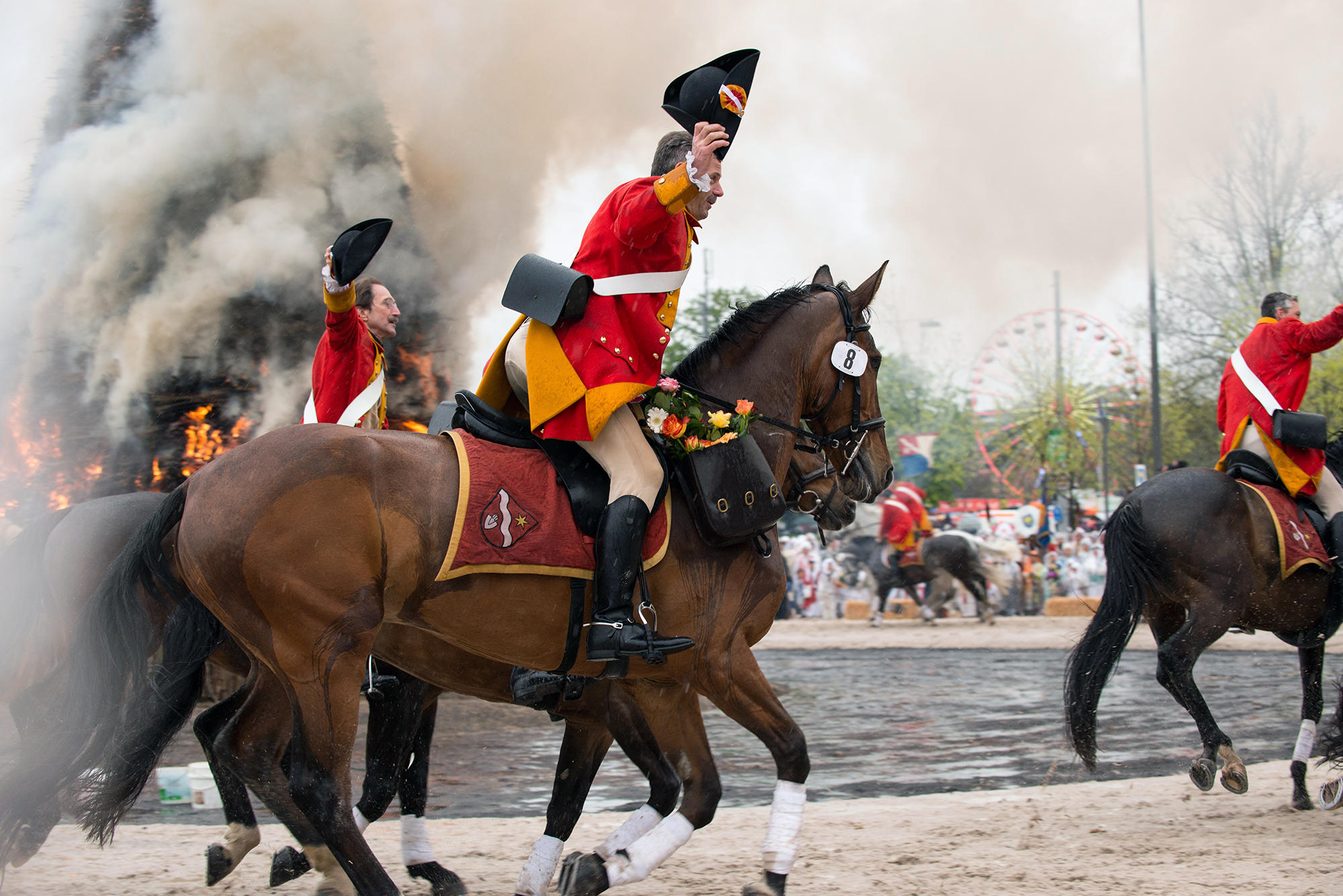
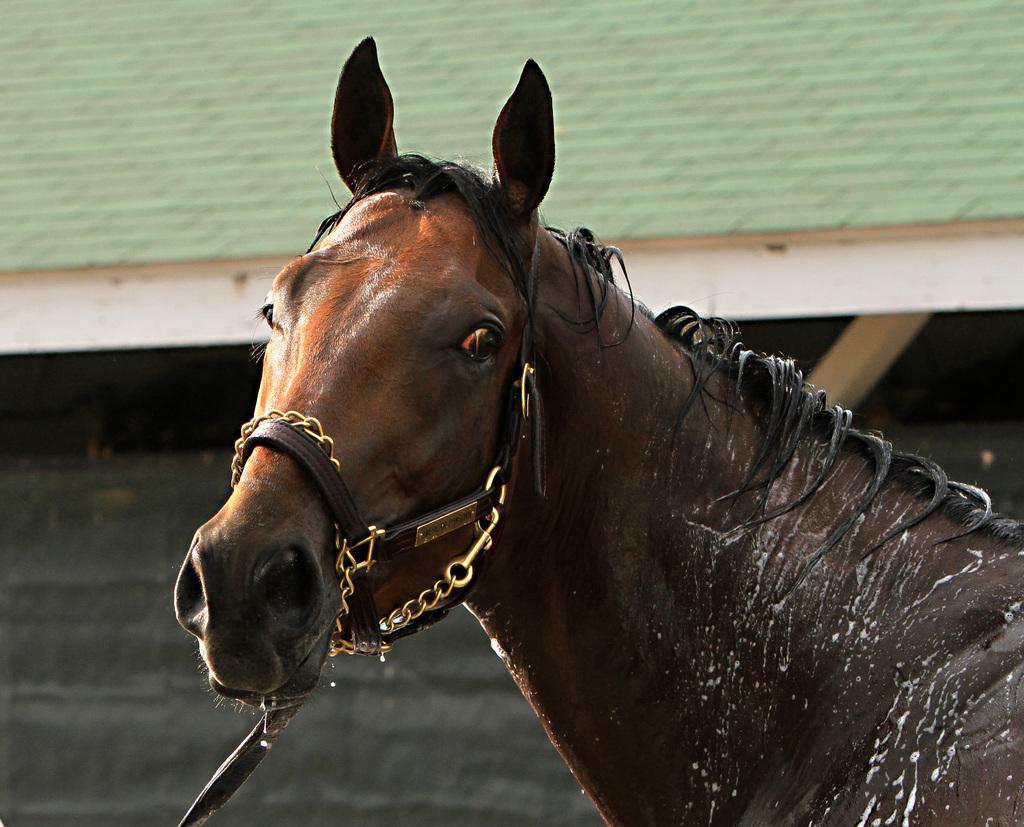
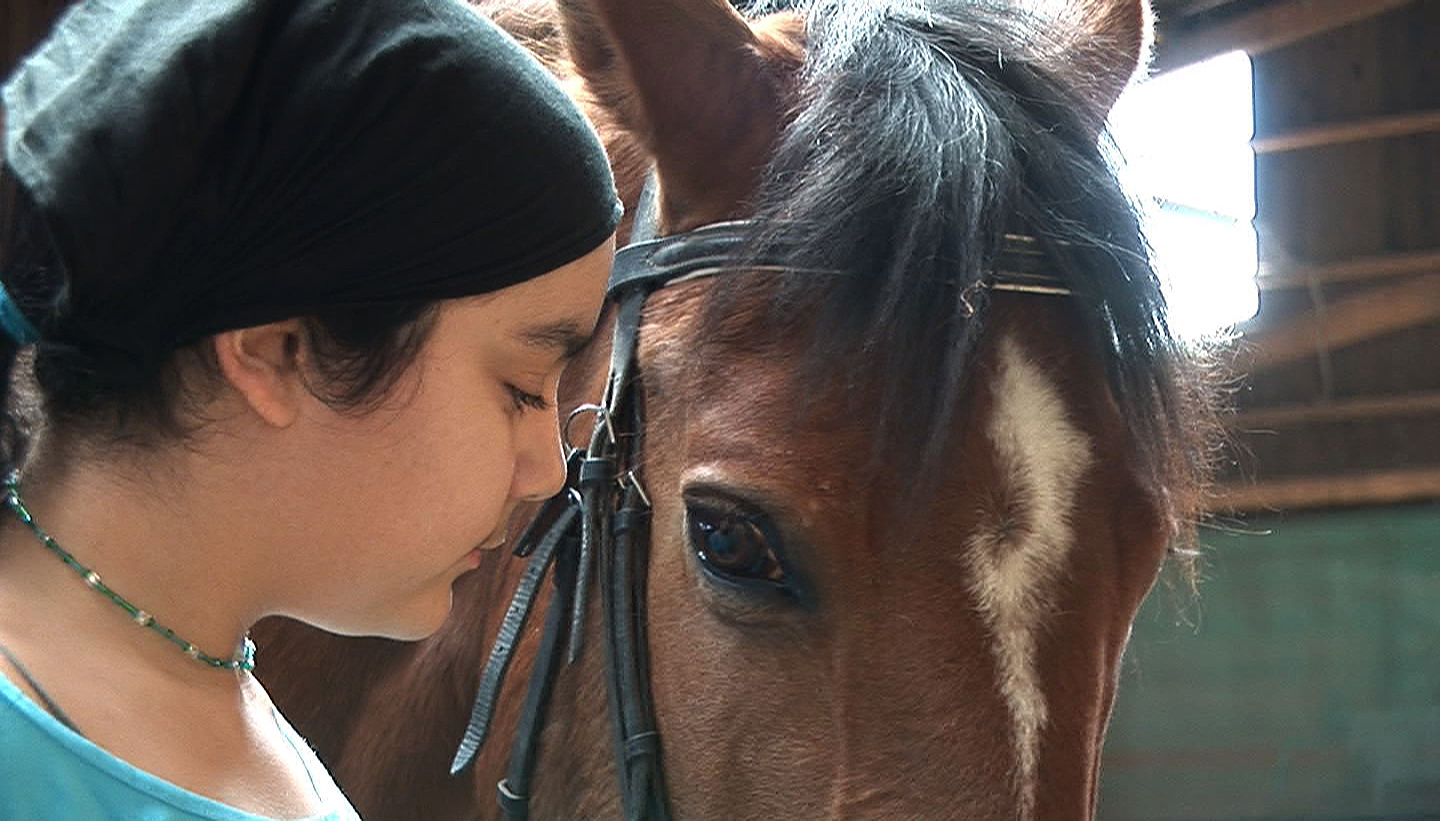
You can find an overview of ongoing debates with our journalists here. Please join us!
If you want to start a conversation about a topic raised in this article or want to report factual errors, email us at english@swissinfo.ch.